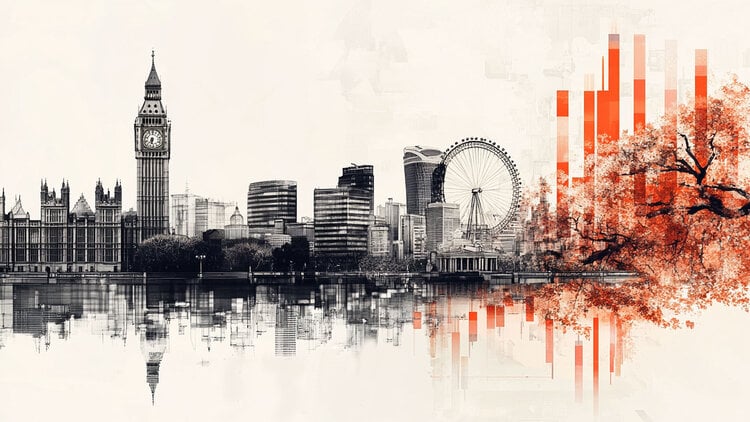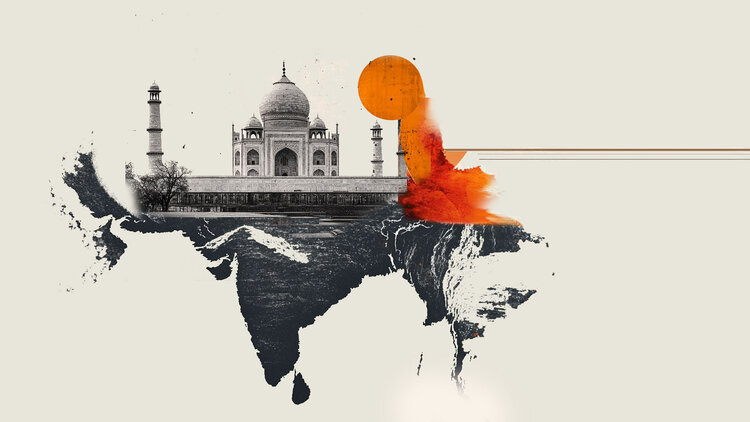Iran’s parliament approved a controversial bill on the use of the hijab — the Islamic veil — that carries penalties of up to 10 years in prison.
In practice, women who do not properly wear the veil in public and men who wear clothes that do not cover the body below the neck and above the ankle will be penalized.
The text says that: “anyone who appears nude or semi-nude in public, in public places or on the roads will be immediately arrested.”
The issue is that the country’s legislation does not define what can be considered nude or semi-nude. Violating this code can result in a sentence of 5 to 10 years in prison, in addition to a fine of US$8,500, equivalent to more than R$40,000.
The bill also targets people who are considered “influential”. In this case, in addition to imprisonment, the person will have to pay a fine of up to 5% of their assets.
Foreign companies and governments were not left out. It says those who conspire with the media or other governments to promote nudity or improper use of the hijab can also be arrested.
The restrictions also extend to mannequins and toys.
The legislation must also be approved by the Guardian Council, a government body that ensures that laws approved by parliament are in accordance with the constitution and sharia, which is Islamic law.
The project was condemned by human rights defenders. Experts on the subject at the UN said the measure amounts to “gender apartheid”.
Response to protests over the death of Mahsa Amini
A little over a year ago, Mahsa Amini, a young Iranian Kurdish woman died while in the custody of the morality police, accused of improperly wearing the hijab.
The case generated outrage and the population took to the streets to protest against the government’s measures. Mahsa Amini’s face was printed in the world’s main newspapers.
The Iranian regime reacted to the uprising with brutality. The protests were marked by repression and violence, with some women cutting their hair in the middle of the street.
The hijab issue in Iran
The issue of wearing the hijab in Iran is not new. In 2017, Vida Mohaved held a silent demonstration that generated the movement known as White Wednesday. The women, who participated in the acts, went out through the streets of Tehran wearing a white veil. At a certain point, they took off their scarf and lifted their clothing, in a silent act.
The movement was recorded and posted on social media. The images spread around the world at the time. The main goal of Iranian women is that wearing the hijab is a choice and not a government imposition.
See also: US and Iran make historic prisoner exchange
The use of the Islamic veil has been mandatory for women in Iran since 1983. The measure was imposed after the country’s revolution in 1979, which overthrew a monarchy system and made religion one of the fundamental pillars of the government.
The new bill tightens the penalties already provided for in the constitution.
*With information from CNN International
Source: CNN Brasil
Bruce Belcher is a seasoned author with over 5 years of experience in world news. He writes for online news websites and provides in-depth analysis on the world stock market. Bruce is known for his insightful perspectives and commitment to keeping the public informed.







